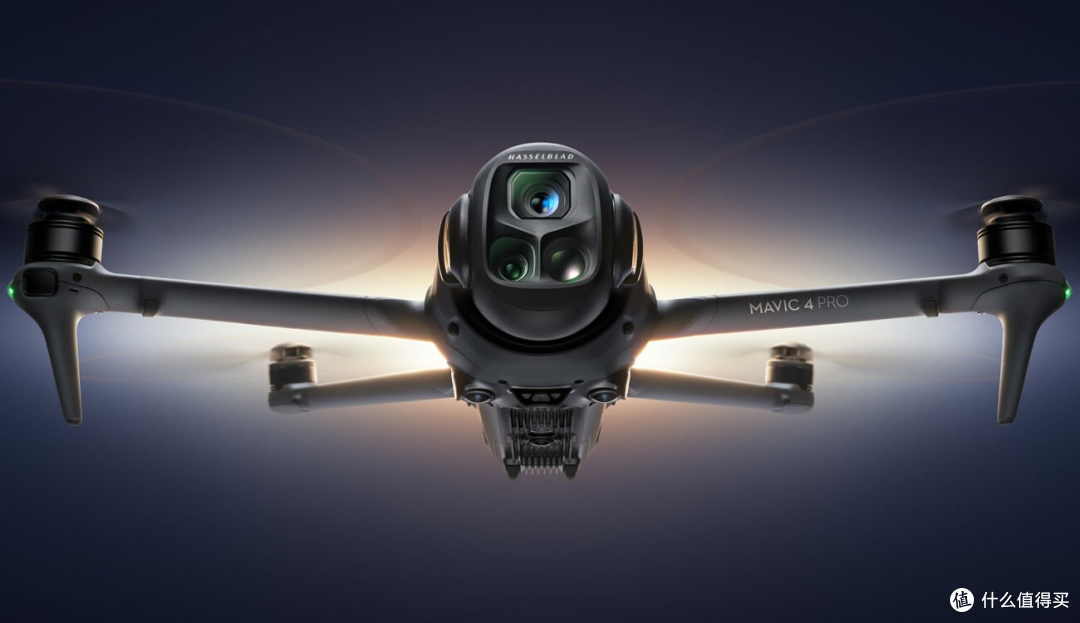Drone technology has rapidly advanced over the past decade, leading to an increase in their use across various domains. Whether employed in military operations, aerial photography, or even logistics, drones have transformed how we approach tasks that previously required manual labor and traditional machinery. However, this rise has brought about a new challenge: effectively countering or neutralizing drones when they pose a risk or are used unlawfully. Enter the revolution in gun for drones technology, designed to target and disable drones with precision.
Understanding the Need for Drone Guns
The proliferation of drone usage has coincided with an increase in unauthorized drone activities, from invasions of privacy to security threats. Consequently, the need for technology that can effectively counteract these flying devices without causing collateral damage has become paramount. Specialized guns that target drones, equipped with state-of-the-art tracking systems, provide an effective solution for mitigating these risks.
Technological Innovations in Drone Guns
Today’s drone guns are not merely traditional firearms; they are a blend of advanced technology and innovative engineering. They operate by deploying radio frequency interference to disrupt the communication link between the drone and its operator, or by utilizing nets to physically capture drones mid-flight. Such methods ensure minimal damage to the drone, allowing for recovery and analysis that could be useful for security enforcement agencies. The gun for drones revolution is marked by several key developments:
- RF Interference: Most drone guns employ radio frequency technology to cut off signals, rendering drones harmless without any physical damage.
- Net Deployment Systems: Some models use a net to entangle the drone, making them especially useful in urban settings where safety is paramount.
- Precision Targeting:
 Advanced targeting systems ensure that the guns can lock onto and disable intended drones even at significant distances.
Advanced targeting systems ensure that the guns can lock onto and disable intended drones even at significant distances.
The Impact on Security Protocols
The adoption of gun for drones technology is set to dramatically alter security protocols across various sectors. Airports, national borders, and secure facilities can benefit from these innovations, enhancing their ability to protect against unauthorized drone incursions effectively. This shift not only boosts security measures but also assures compliance with aviation regulations.
Challenges and Considerations
Despite their potential, the deployment of drone guns poses certain challenges. There are legal implications involved in using such technology, given that drones can be private property. Additionally, operators must ensure that systems are not misused or that interference doesn’t affect other communication devices.
Nonetheless, continuous advancements in the field promise solutions, including focused frequency jammers that affect only targeted drones. As manufacturers and security agencies collaborate, the future for safer drone regulation and management appears promising.
Frequently Asked Questions
Can drone guns damage property? Drone guns are designed to disable rather than damage. They typically use RF interference or nets that capture drones without breaking them, thus minimizing possible property damage.
Are drone guns legal? The legality of using drone guns varies by jurisdiction, and it is important to consult local regulations before deploying them. While they are legal in some areas, others may have strict guidelines governing their use.
What is the effective range of a drone gun? The effective range can vary significantly depending on the model, technology employed, and environmental conditions. Some models offer ranges of up to several kilometers, allowing for versatile applications.
In conclusion, the development and deployment of gun for drones technology is not just a response to current security needs but a proactive measure to ensure safety and legality as drone usage continues to expand globally. With ongoing improvements and strategic implementation, society can embrace the benefits of drones while minimizing associated risks.